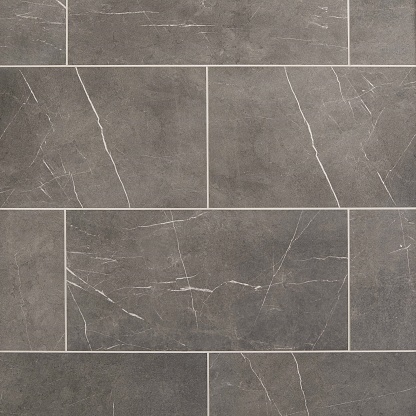How do you maintain the beauty of your favorite tiles year after year? You need to choose the right type of tile, to begin with. The first step is to ensure that the tiles you want are designed exclusively for their intended use on either the floor or the wall. Floor tiles could be used on walls, but this is not the case with wall tiles.
With the assistance of design and manufacturing teams, the manufacturers have been able to clarify the variations between floor tiles in adelaide and wall tile. The tile experts have tried to give the fundamentals, product information, and design trends for the most asked questions.
- Polished surfaces
why high-traffic areas shouldn’t use polished tiles. Glass tile may look beautiful on the wall, but it’s not practical for high-traffic floors. The less glossy coating a tile has, the slippery it tends to be. According to manufacturers, P.E.I. ratings of 3, 4, or 5 are generally recommended for housing floor tiles and 4 or 5 for commercial zones. A PEI rating of 1 or 2 is the norm for most wall tiles.
- Thickness and sturdiness
To withstand heavy traffic, appliances, furniture, etc., floor tiles are made thicker and harder. Additionally, many of these surfaces have been given additional texture to help prevent slips and falls. Wall tile is typically more delicate, thinner, and smoother than floor tile. Wet tile is much more slippery, which is why it’s not a good idea to walk on it.
- Water resistance
To be waterproof, a floor tile must either be made with a glaze or have a design that allows it to naturally absorb one. To give the tile a variety of looks, the manufacturers glaze most ceramic and porcelain wall tiles in a matte or semi-gloss finish. Tumbled, Honed, beveled, and polished Natural Stone finishes are available.
- Choice of materials
Wall tiles can now have rough surfaces because wall-walking isn’t a factor. Also, they can be more decorative. It’s easier to get creative with wall tiles in glenelg because they come in a wider variety of materials like Metal, Stacked Stone, or Glass. However, there have been numerous technological advancements and innovations in recent years that have inspired distinctive floor tile designs, such as porcelain and ceramic inspired designs and wood looks. Natural stone floor tiles, such as Granite, Marble, and Travertine, are also gaining popularity in interior design.
Final words
These are just a few differences that will let you find the right choice. Once you are looking for the tiles, you will get the best. The right choice permits having the tiles on a suitable surface for a more extended period.
